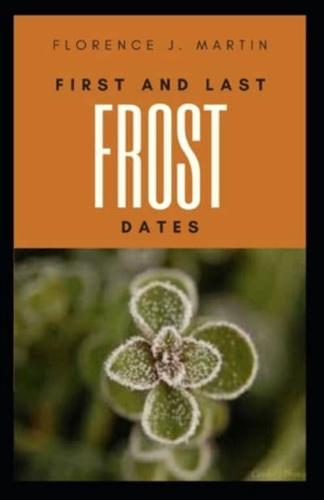Publisher's Synopsis
When the first signs of spring begin to appear, gardeners tend to get a little restless. Dreaming of that first fresh, homegrown salad, we're busy planning out the garden and starting our seeds. But before you can get outside and get your hands dirty, it's important to understand when to plant - getting plants in the ground after the average last frost date for your area is an essential first step to a successful spring garden.The last frost date refers to the average final spring frost in your growing location. This date and temperature varies greatly depending on your state, county, elevation - and even whether you live in an urban or rural environment. Urban areas tend to heat up faster in spring due to pockets that surround cities called "heat islands." Sometimes, last frost dates in these areas can be moved up by days or even a week, so be sure to consider your micro-climate while pinpointing the best time to plant. Getting the timing will keep your initial plantings of the season safe from cold temperatures - and get that garden salad onto your kitchen table as soon as possible.
























